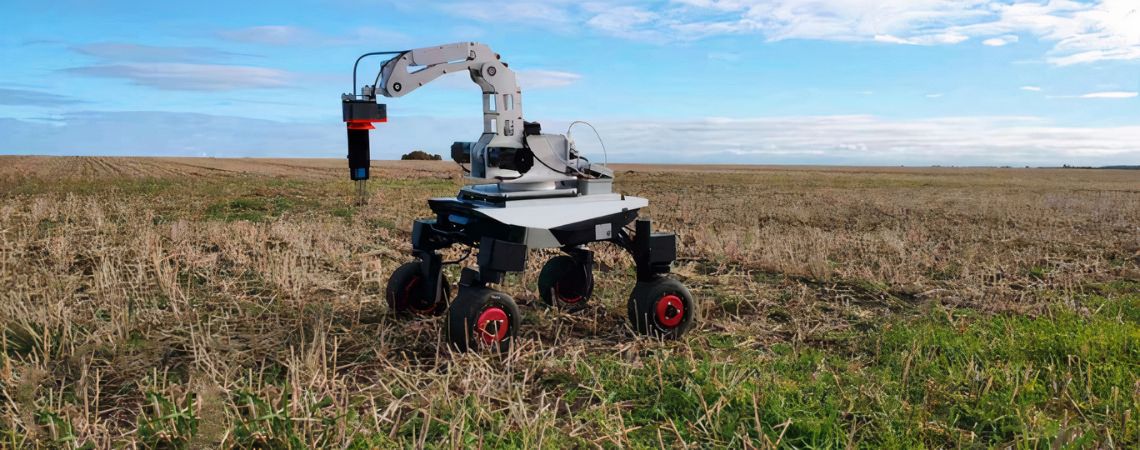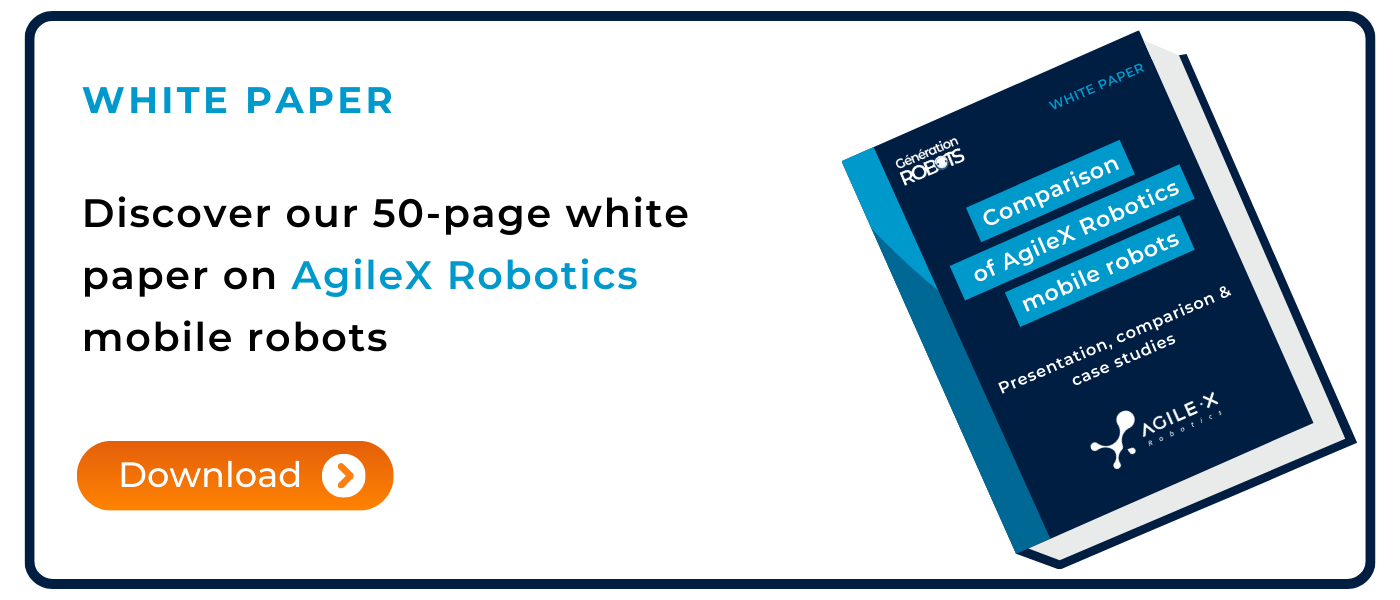Chemical fertilisers increase agricultural yield, but cause massive soil and water pollution. It’s an issue that affects us all and we must find alternative solutions. Robots are already used to assist with livestock farming and crops, but they may also help us move towards a more sustainable agriculture. Here we take a closer look at the N2 Vision nitrogen mapping robot, which maximises yield for farmers while protecting the environment.
Chemical fertilisers are not essential!
Plants (whether wild or cultivated) need nutrients for optimum growth. They are crucial in ensuring the economic viability of farmland.
Farmers generally spray chemical fertilisers all over their fields to give plants the nutrients they need (nitrogen, phosphorus, potassium).
Unfortunately this is not the most environmentally-friendly of methods, as spreading chemicals over large areas like this can mean they end up in groundwater, contaminating the water we drink. It is not economical either, as such products are generally very expensive.
So are there alternatives to chemical fertilisers?
Liangxiu Han, a professor at Manchester Metropolitan University, is working with her team on the development of an autonomous mobile robot. Its goal? To scan the soil and create a map of its composition, showing pockets of nitrogen in arable fields. This could allow farmers to use fertiliser only where it’s actually needed.
This autonomous mobile robot could maximise yield while reducing the environmental impacts of farming.
N2 Vision: an autonomous robot that gives the precise location of areas to be treated
The N2 Vision soil sampling, analysis and mapping system is mounted on a robot arm, which is in turn mounted on the lightweight, all-terrain Scout Mini mobile platform designed by AgileX Robotics, capable of autonomous navigation.
Professor Liangxiu Han’s team has customised the Scout Mini robot to perform various tasks more efficiently. They have replaced the original wheels with an omni-directional equivalent and raised the chassis. Their N2 Vision robot can now navigate the uneven terrain of a farmer’s field and between rows of plants.
It is energy-efficient and can perform jobs in large areas, including farmland. Like all the mobile robots built by AgileX, the Scout Mini is ROS compatible.
N2 Vision has an on-board detection system installed on a robot arm, making it perfectly capable of accurate nutrient mapping. Farmers can then use this map to dose their fertiliser accordingly and use fewer chemicals. Taking us one step closer to sustainable agriculture!
The Scout Mini mobile platform’s CAN bus communication protocol also makes it easy to equip the platform with the sensors and actuators needed for farming tasks:
- Soil temperature monitoring
- Moisture detection
- Root depth and health monitoring
- Pest monitoring
- Addition of an autonomous or remotely operated robot arm equipped with sensors


